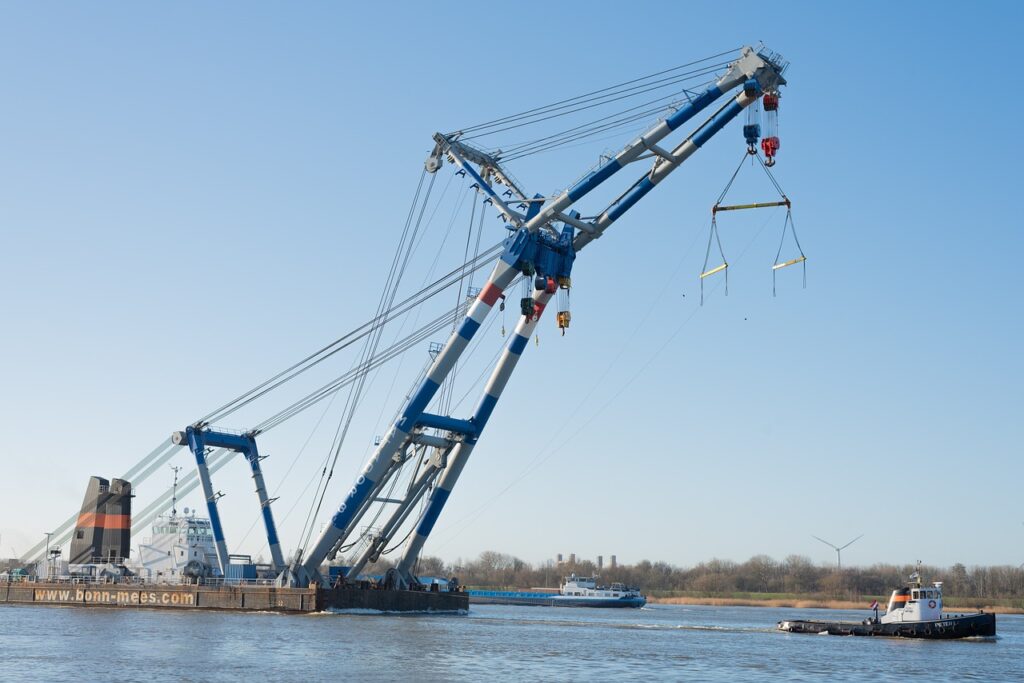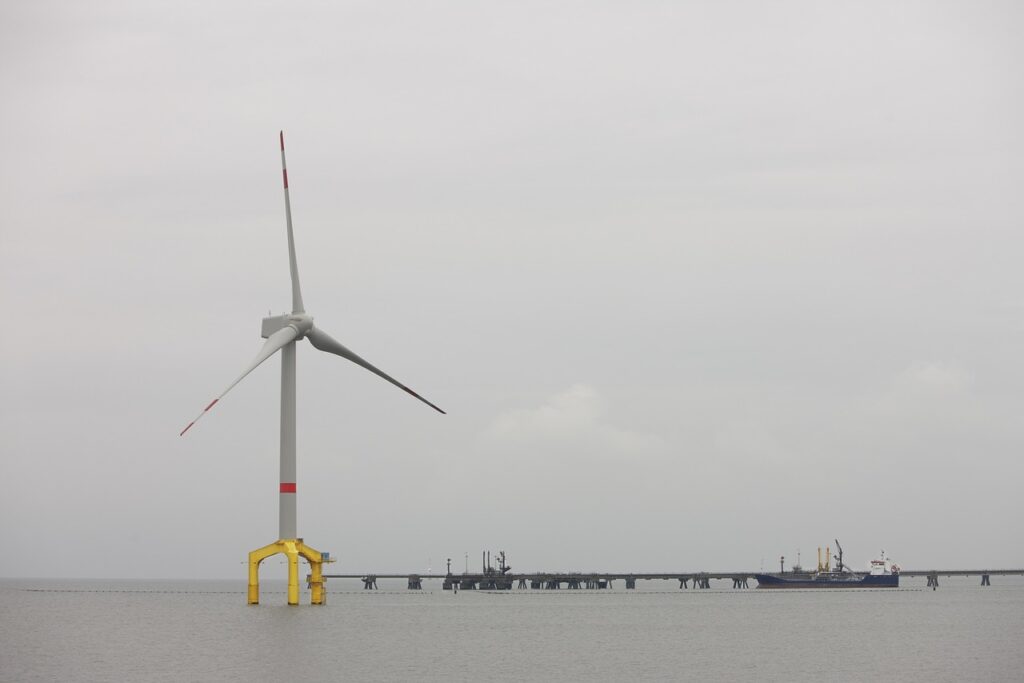Recent Posts
Deep offshore technology refers to the advanced engineering and technological solutions used for exploring and extracting resources from the depths of the oceans. This technology plays a crucial role in the energy sector, particularly in oil and gas extraction, as well as in environmental monitoring, marine research, and subsea telecommunications.
Historical Context
Early Exploration
The history of offshore technology dates back to the early 20th century when the first offshore oil rigs were constructed near coastlines. These early structures were limited in scope and capability, often facing significant challenges due to weather conditions and the technical limitations of the time.
Technological Advancements in Deep Offshore Technology
The 1970s and 1980s saw significant advancements in offshore technology, driven by the growing demand for oil. Innovations such as floating production storage and offloading (FPSO) units, subsea systems, and dynamic positioning systems allowed for deeper and more efficient exploration and extraction.

Key Components
Drilling Technology
Modern deepwater drilling involves using highly sophisticated equipment capable of operating at depths exceeding 10,000 feet. Drillships and semi-submersible rigs are equipped with advanced dynamic positioning systems and blowout preventers to manage the high pressures and temperatures encountered at such depths.
Subsea Systems
Subsea systems, including wellheads, manifolds, and pipelines, are crucial for transporting extracted resources from the ocean floor to surface facilities. Remotely operated vehicles (ROVs) and autonomous underwater vehicles (AUVs) play a vital role in the installation, inspection, and maintenance of these systems.

Floating Production Units
Floating production units, such as FPSOs, are used to process and store hydrocarbons extracted from subsea wells. These units are capable of operating in harsh environmental conditions and can be relocated to different fields as needed.
Applications
Oil and Gas Exploration
Deep offshore technology is primarily used in the exploration and extraction of oil and gas. Major oil fields located in regions such as the Gulf of Mexico, the North Sea, and offshore Brazil rely heavily on these technologies to access and produce hydrocarbons from deepwater reserves.

Renewable Energy
Offshore wind farms are another application of deep offshore technology. Floating wind turbines are being developed to harness wind energy in deep waters where fixed-bottom turbines are not feasible. These floating turbines have the potential to significantly increase the capacity of offshore wind power.
Marine Research
Deep offshore technology is also used in marine research and environmental monitoring. Advanced sensors and robotic systems enable scientists to study the ocean’s depths, monitor marine ecosystems, and gather data on climate change.

Image by Michal Jarmoluk from Pixabay
Challenges and Solutions
Harsh Environments
Operating in deepwater environments presents numerous challenges, including extreme pressure, low temperatures, and strong currents. Technological advancements, such as improved materials and enhanced safety systems, have been developed to address these challenges.
Cost and Economics
The high costs associated with deep offshore projects can be a barrier to development. Innovations in technology and engineering, as well as efficient project management, are essential to reducing costs and improving the economic viability of deepwater operations.
Future Trends
Digitalization and Automation
The future of deep offshore technology is likely to be shaped by digitalization and automation. Advanced data analytics, artificial intelligence, and machine learning can optimize operations, predict maintenance needs, and enhance safety.
Environmental Sustainability
Sustainability is becoming increasingly important in the energy sector. Future developments in deep offshore technology will focus on minimizing environmental impacts, improving energy efficiency, and supporting the transition to renewable energy sources.
Conclusion
Deep offshore technology continues to revolutionize the way we explore and utilize the oceans’ resources. As technology advances, it offers the potential for safer, more efficient, and more sustainable operations. The future of deep offshore technology promises exciting developments that will further unlock the vast potential of the deep seas.
Also read: Best 5 Rural Business Ideas for Success in Rural Markets
How useful was this post?
Click on a star to rate it!
Average rating 0 / 5. Vote count: 0
No votes so far! Be the first to rate this post.
We are sorry that this post was not useful for you!
Let us improve this post!
Tell us how we can improve this post?













Leave a comment